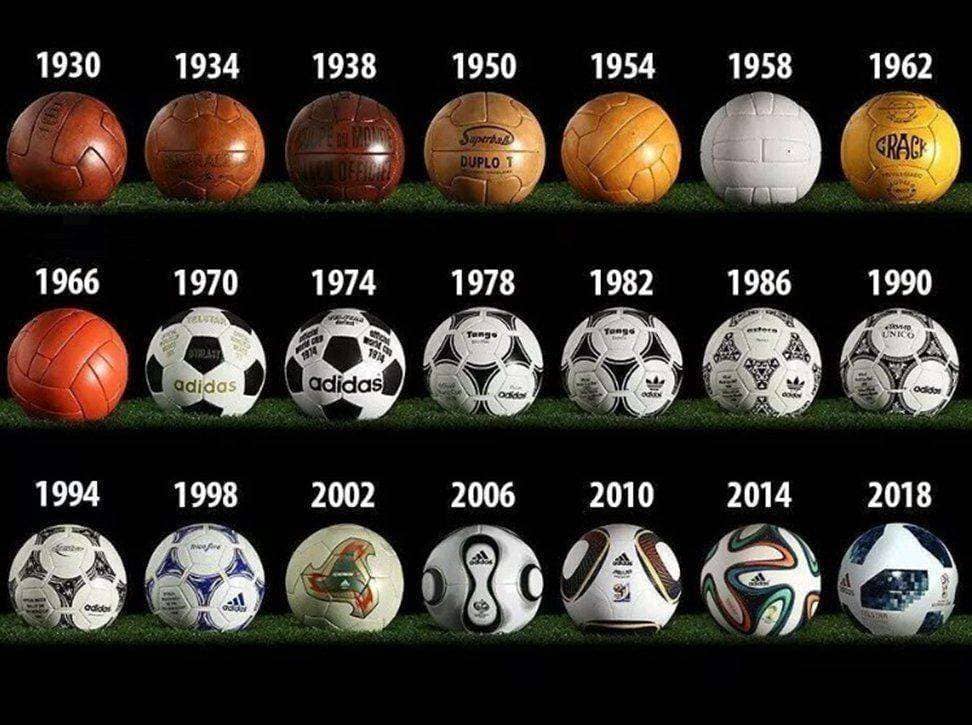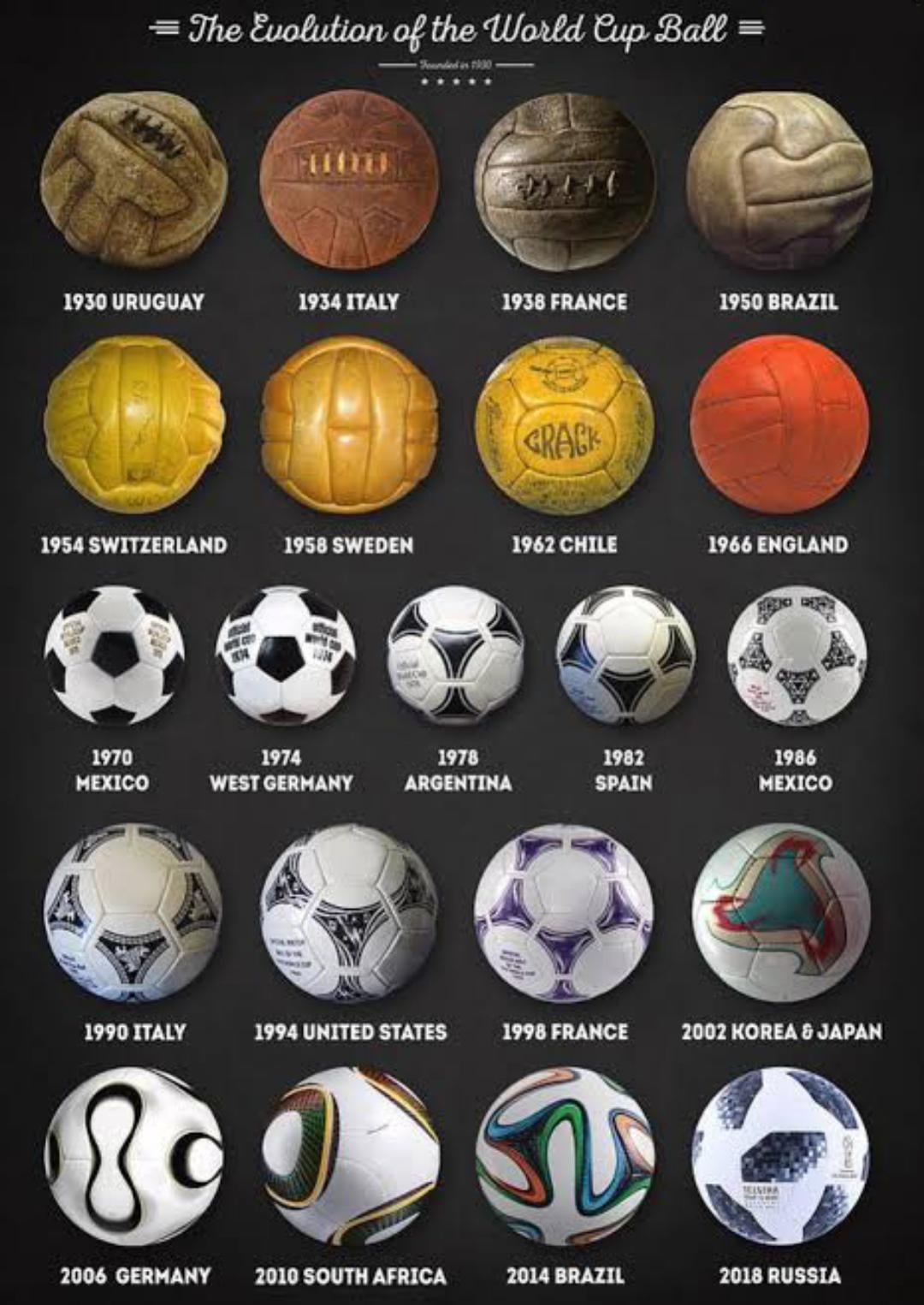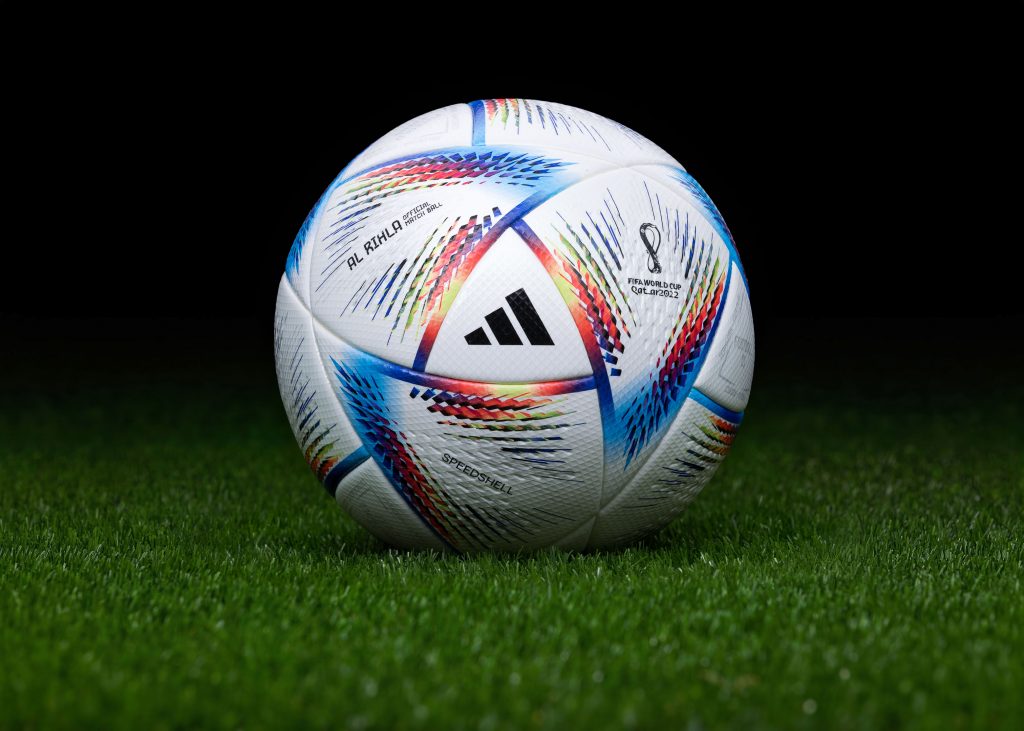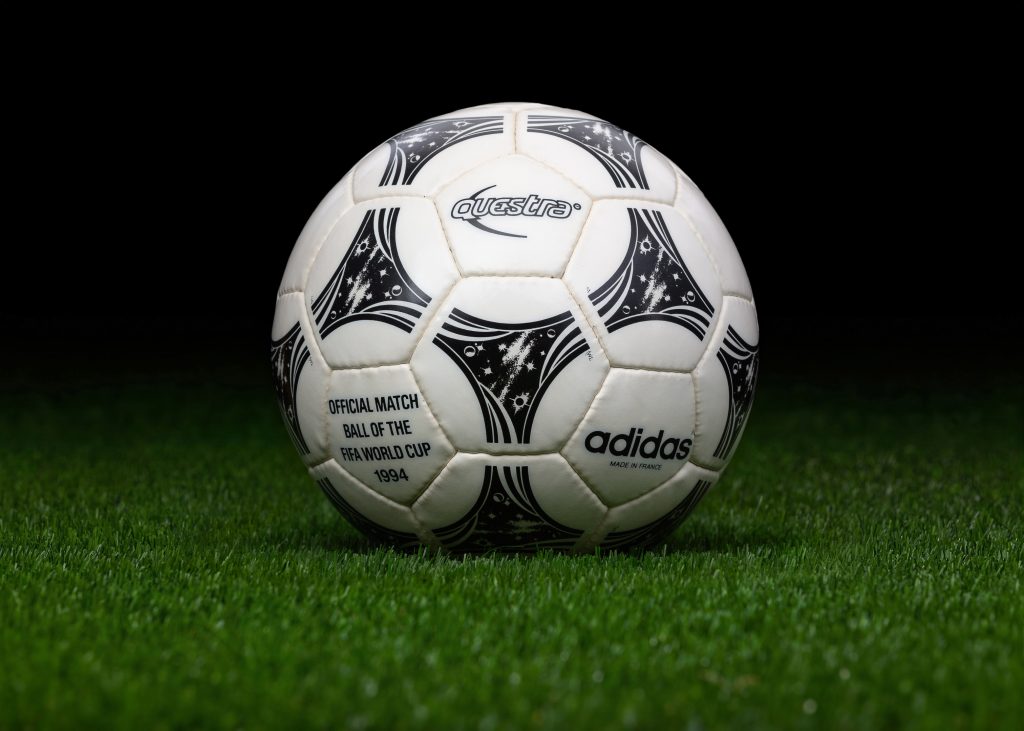Man, let me tell you, I just had to know. It started simple. I was watching this old highlights reel—you know the one, Maradona in ’86—and I suddenly thought, “Wait a second, what did that ball even feel like?”

That question hooked me. I wasn’t going to just Google some easy list. Nah. I decided I was going to track down the whole damn history, year by year, ball by ball, right from 1970 when they finally started naming the things. I needed to know which ones were legends and which ones were just total garbage.
The Digging: How I Tracked Down the Ghosts of Rubber and Leather
First, I pulled out every dusty sports book I owned. I ripped through old encyclopedias. I screamed at my computer screen trying to find pictures of the early stuff that weren’t grainy messes. I wasn’t interested in the perfect high-res images of the modern balls. I cared about the rough texture of the Telstar. That classic black and white thing from 1970 and ’74.
I spent days just wading through old soccer forums—no, not the big ones, the really deep, dark, dusty ones where only the old-timers hang out. I managed to wrangle some honest opinions out of a few old players and collectors, people who actually kicked these things in anger.
- I found out that before 1970, balls were basically whoever decided to bring one. They were heavy, they sucked in the rain, and players absolutely hated kicking them when they were waterlogged. They felt like medicine balls by the second half.
- The Telstar changed everything. It was the first one with those black pentagons so it looked good on black and white TVs. I even chatted (text only, obviously) with a couple of old collectors who swore those things felt like cannonballs when they were new, but at least they were consistent.
- Then came the Tango series. Holy moly. From ’78 to ’98, they kept tweaking that thing. Everyone remembers the look, but I discovered that the ’86 Azteca, which Maradona used, was the first synthetic ball, which was huge. It meant it didn’t absorb water as much.
- The real fun began in the 90s. The 1994 Questra was a step up, but the 2002 Fevernova? Forget about it. Players bitched that it flew all over the place. Too light. Too crazy. I spent an entire afternoon just trying to find an honest opinion that didn’t come from a marketing brochure. Goalkeepers wanted to burn that ball.
I collected all these notes, scribbled them all over my kitchen table, moving from the heavy leather monsters to the unpredictable plastic nightmares. But this obsession didn’t come out of nowhere, you know? There’s a reason I had the time to devote myself to such an utterly useless project.
The Real Story: Why I’m Stuck Talking About Old Balls
Remember last Thanksgiving? Yeah, me neither. It was a disaster. My idiot brother-in-law, bless his entitled soul, decided he needed a custom-built backyard shed immediately to store his vast collection of model trains. And guess who he called to “just help out with the framing”? Me.

I told him, “Look, I got work. I got stuff to do.” He insisted. My wife insisted, saying it was “family duty.” So, I caved. I drove five hours out to their stupid suburban house, ready to spend a Saturday nailing a few boards.
Turns out, “framing” meant I was lifting hundred-pound joists, climbing rickety ladders that should have been thrown out a decade ago, and trying to nail into wood that was harder than concrete. My back seized up. My knee popped. I slipped off a beam while carrying a bunch of shingles and landed so hard on a pile of bricks that I spent the night in the emergency room.
I called my boss, told him I couldn’t move, and he was cool about it. But sitting there, stuck in my recliner with an ice pack strapped to my knee, watching all these old World Cup games on TV because my remote was too far away to change the channel, that’s when the ball question popped up.
I couldn’t drive. I couldn’t work out. I couldn’t even comfortably walk to the bathroom without shuffling like a zombie. My doctor ordered three weeks of absolute rest. Three weeks! What do you do with three weeks of forced idleness when your entire body feels like it was run over by a truck?
I decided I would solve this ball mystery. It was something I could do from the couch. I spent those whole twenty-one days chasing down the history of thermal bonding (that’s how they make the modern balls seamless, avoiding water absorption). I dove deep into the history of the materials, learning that the modern stuff, though technologically amazing, is often hated by goalkeepers because it’s too fast and too unpredictable.

My wife was laughing at me the whole time. “You can’t lift a spoon, but you can write a thesis on the evolution of the Adidas World Cup line?” she asked. “Damn right,” I said. “My brain still works.”
When my brother-in-law finally called to ask me to finish the roof, I just told him to shove it. I used that forced recovery time to create this whole list, documented every major change, and realized that even the simplest object on the pitch has a ridiculous, complicated, and often hated history. I pulled a hamstring for this knowledge, so pay attention!
The Final Tally: What I Really Learned
After all that digging and all that pain, what’s the big takeaway? The game changed completely once they figured out how to make a ball that didn’t turn into a wet sponge. The evolution from the 1970 Telstar to the 2010 Jabulani (the one everyone still says flew like a cheap beach ball) is insane.
My favorite discovery? The 1978 Tango was designed to look like it had twelve circles on it, but it was really only twenty panels. Pure optical illusion. That blew my mind. It shows that even back then, they were trying to trick your eyes.
So next time you watch a game, don’t just look at the fancy footwork. Think about the thing they’re kicking. It’s got a history, and I spent three weeks in agony proving it. Now, if you’ll excuse me, my massage therapist is calling and I still can’t feel my left foot.

